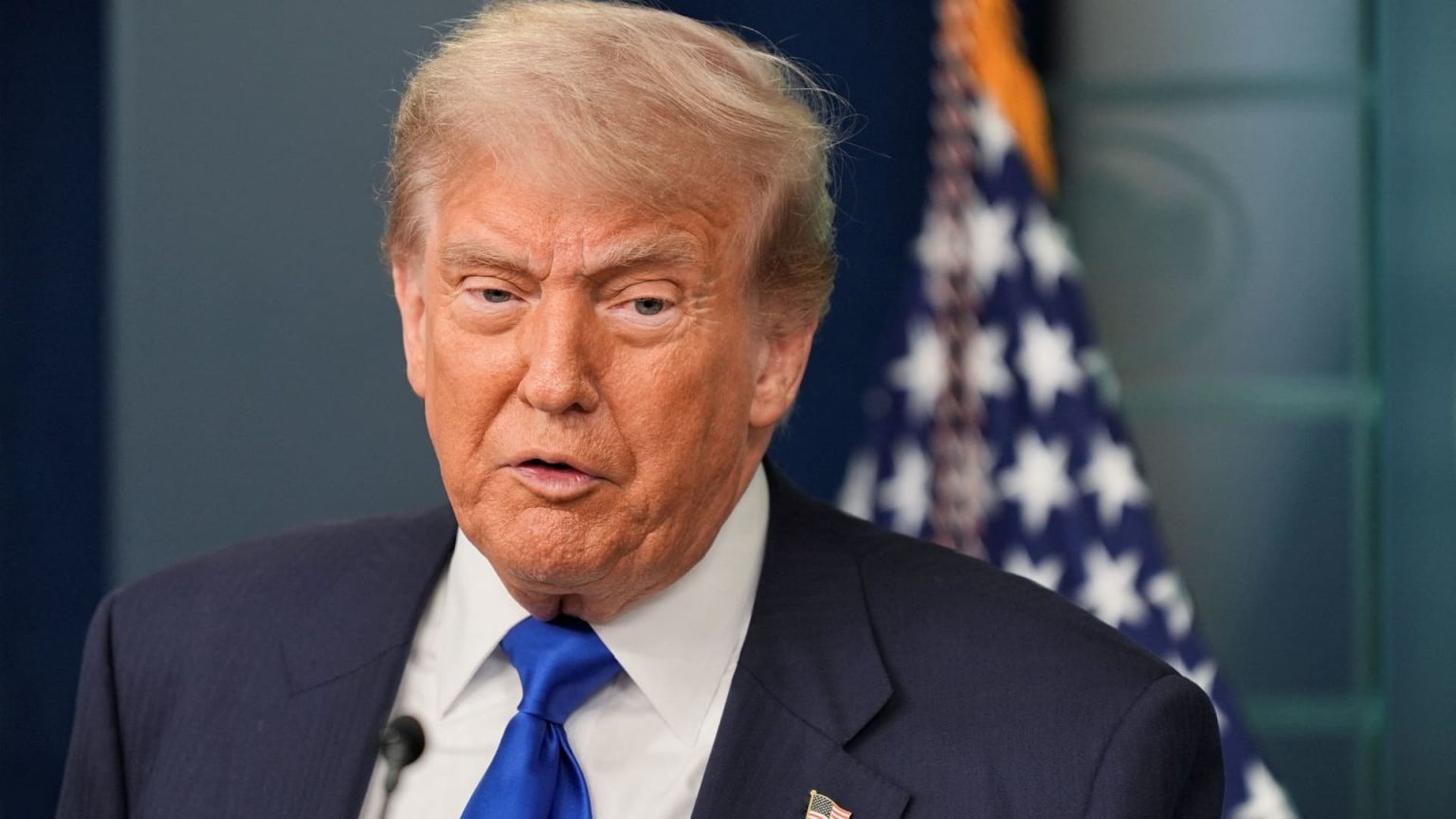Recent developments have emerged regarding the Trump administration’s interest in offering economic incentives to Iran, contingent on the nation halting its uranium enrichment activities. This proposal could involve the release of billions in frozen Iranian assets and up to $30 billion in support for a civilian nuclear program. As President Trump grapples with conflicting narratives and diplomatic challenges, questions about the viability of this initiative continue to surface.
| Article Subheadings |
|---|
| 1) Economic Incentives: A New Approach to Iran |
| 2) Reversal of U.S. Policy: Implications of the Proposed Deal |
| 3) Diplomatic Tensions: Trump’s Response to Iranian Statements |
| 4) Future of U.S.-Iran Relations: What Lies Ahead? |
| 5) Conclusion: Navigating a Complex Diplomatic Landscape |
Economic Incentives: A New Approach to Iran
The Trump administration is reportedly considering a range of economic incentives aimed at encouraging Iran to pause its uranium enrichment program. Sources familiar with the discussions have suggested that this could include the release of billions of dollars in assets that have been frozen due to sanctions. The rationale behind this initiative is to create a framework that might allow Iran to build a civilian nuclear program, with estimates suggesting that financial support could reach up to $30 billion. This possible strategy signifies a notable shift in the U.S. approach toward Iran, which has been largely adversarial since Trump’s withdrawal from the previous nuclear deal established during the Obama administration.
Reversal of U.S. Policy: Implications of the Proposed Deal
When President Trump withdrew the U.S. from the Iran nuclear deal in 2018, he labeled the agreement a failure, citing concerns that it provided Iran with unwarranted financial support, thereby facilitating its “malign activities” in the region. As a consequence, the current proposal to offer financial relief stands in stark contrast to his administration’s previous policy decisions. The implications of such a policy pivot could be far-reaching, potentially reshaping the geopolitics of the Middle East. A successful negotiation could lead to enhanced stability in the region, but critics argue it could bolster the Iranian regime and embolden their actions.
Diplomatic Tensions: Trump’s Response to Iranian Statements
The diplomatic landscape is fraught with tension as Iranian Supreme Leader Ayatollah Ali Khamenei recently declared a victory against Israel, painting a backdrop of hostility that complicates potential talks. In response, Trump utilized social media to express his discontent, labeling the notion of sanctions relief as a “ridiculous idea.” He further questioned Iran’s claims of victory, calling Khamenei’s statements counterfeit and indicating that such stances may undermine any progress towards negotiation. Yet Trump has maintained that Iran is interested in engaging with him, emphasizing the need for a serious dialogue to explore the terms of sanctions relief.
Future of U.S.-Iran Relations: What Lies Ahead?
The path forward for U.S.-Iran relations remains uncertain as both sides grapple with conflicting narratives and national interests. While the potential economic incentives provide a diplomatic avenue for de-escalation, the reality on the ground suggests ongoing challenges. Iranian leadership’s assertive moves in the region, coupled with continued public pressure from domestic actors, complicates the negotiations. Furthermore, the Biden administration’s stance remains to be seen, and how Trump might implement these proposals is a pivotal question. Observers are keen to determine whether these efforts can lead to a sustainable peace or merely mask deeper tensions.
Conclusion: Navigating a Complex Diplomatic Landscape
In summary, the complexities of U.S.-Iran relations are underscored by evolving diplomatic strategies that could redefine engagements in the Middle East. The possibility of economic incentives for Iran to halt uranium enrichment represents a significant policy shift and a chance for renewed dialogue. However, given the backdrop of mutual distrust and conflicting objectives, this initiative requires careful navigation to avoid escalating tensions further. The international community watches closely, anticipating the outcomes of potential negotiations that could have wide-reaching implications for global stability.
| No. | Key Points |
|---|---|
| 1 | The Trump administration is exploring economic incentives for Iran to halt uranium enrichment. |
| 2 | Proposed measures include releasing frozen assets and providing substantial financial support for civilian nuclear projects. |
| 3 | Trump’s potential policy reversal raises questions about its implications for U.S.-Iran relations. |
| 4 | Diplomatic tensions persist as both nations express conflicting narratives around recent developments. |
| 5 | The outcome of negotiations remains uncertain amid ongoing geopolitical dynamics. |
Summary
The current discussions regarding economic incentives for Iran signify a potential shift in U.S. foreign policy aimed at facilitating diplomatic dialogue. As President Trump navigates an increasingly complex international landscape, the feasibility of proposals encouraging Iran to pause uranium enrichment remains to be seen. This evolving situation underscores the broader challenges faced in achieving stability in the region while addressing concerns about Iran’s nuclear ambitions.
Frequently Asked Questions
Question: What are the proposed economic incentives for Iran?
The proposed economic incentives include the release of billions in frozen Iranian assets and financial support for developing a civilian nuclear program, estimated to be as high as $30 billion.
Question: Why did Trump withdraw from the previous nuclear deal in 2018?
Trump withdrew from the nuclear deal citing concerns that it provided Iran with financial resources that bolstered its malign activities in the region.
Question: What are the potential challenges to U.S.-Iran negotiations?
Ongoing tensions, conflicting statements from both leaders, and the geopolitical dynamics in the region present substantial challenges to fruitful negotiations.


